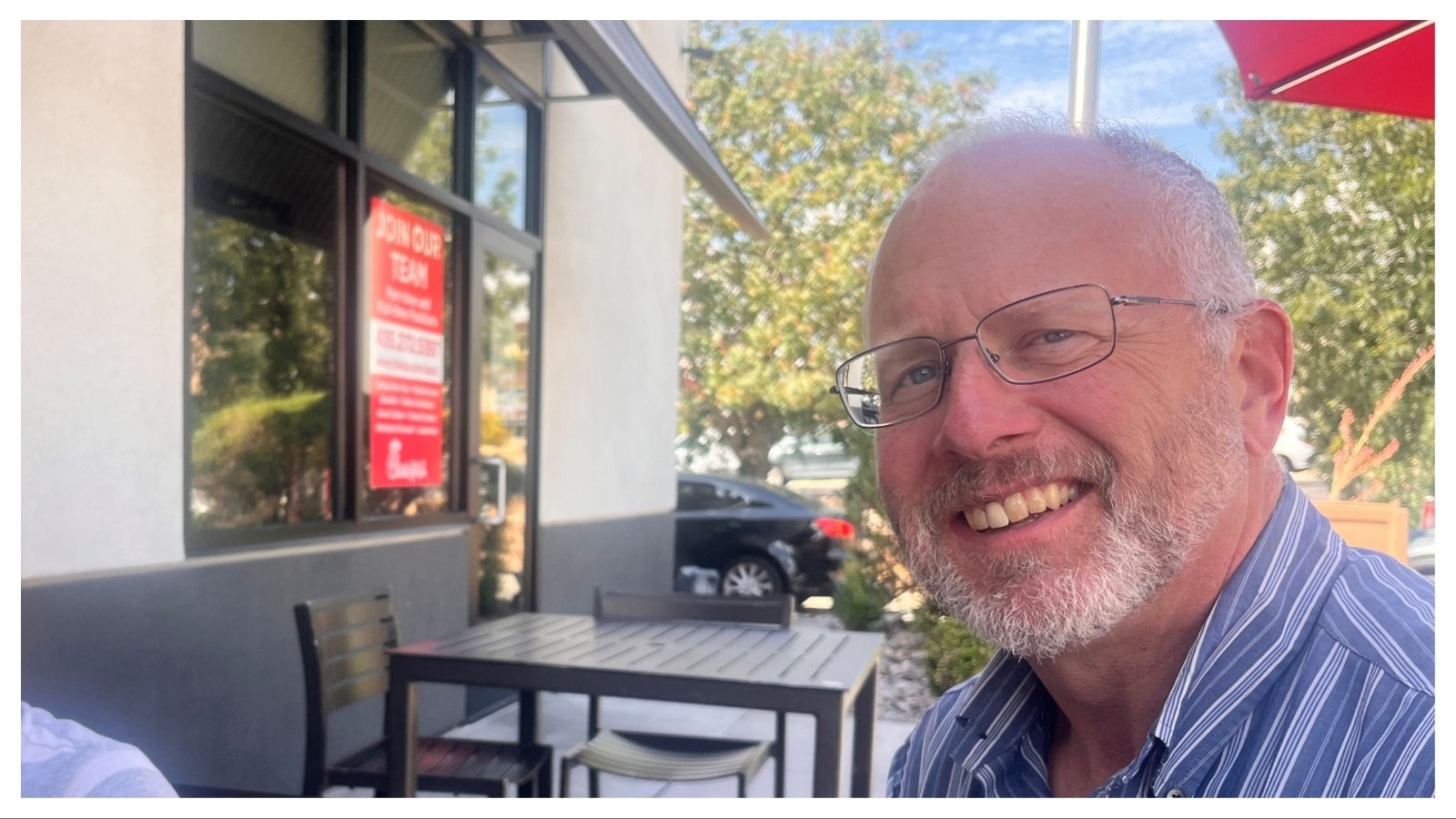When tracked by percentage, people with automotive loans in Wyoming are far less likely to get behind or default on those loans than are people in any other state. Wyoming ranks dead last in percentage of auto loans that fall into delinquency.
That’s something to be proud of in today’s tough economy.
The nation is seeing larger numbers of people getting behind or defaulting entirely on automotive loans. With high interest rates, high prices for vehicles, and tough financial squeezes thanks to inflation, loans getting into arrears are more and more common.
Financial experts often point to automotive loan delinquency rates as a good barometer of the consumer economy.
Unlike credit cards, which usually have low minimum payments to encourage debt, and mortgages, which can mean losing a home if not paid, automotive loans are more easily flexed when the money crunch comes. An auto loan is considered in arrears when more than 30 days late and seriously delinquent when 60 or more days unpaid.
According to Liberty Street Economics, the newsletter of the New York Federal Reserve Bank, using data from the Equifax credit bureau, the rate of delinquent automotive loans nationally has now surpassed pre-pandemic levels and is continuing an upward trend.
Looking at current, most recent data, delinquency rates are on a sharp uptick which could indicate a trend of defaults this year. The last quarter of 2023 saw big jumps in auto loan delinquencies.
According to Wallethub data, the worst were in places like Washington, Alaska, and Oregon which now have the highest delinquency rates. All three are between 11.6 and 12.6%, which means that for every 100 loans taken, about 12% will go into arrears in those states.
Conversely to those three states, which aren’t alone in their over 10% failure rate, states like Minnesota, Maine, and Wyoming have small single-digit auto loan delinquency rates. Wyoming, in fact, has the lowest rate in the country at just 1.48% compared to next-lowest Maine’s 2.3%.
So Wyoming can be proud to say that not only are we far below the national average for automotive loan delinquencies, we are, in fact, the lowest overall.
Not surprisingly, loan defaults for purchased vehicles are more likely the more expensive the vehicle is (and thus the larger the loan was).
It stands to reason that the higher the payment is, the more likely it is seen as optional when budget strains mean something has to give.
Aaron Turpen can be reached at: TurpenAaron@gmail.com





